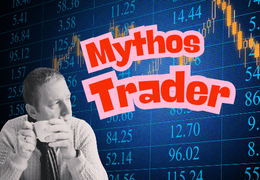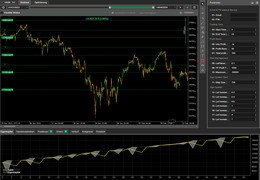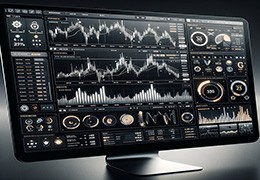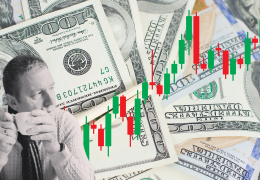Between reality and illusion If you want to know what trading really means—beyond luxury cars, piles of cash, and...
Search in blog
Blog categories
- FAQ – Your guide through the world of finance and technical facilities (2) click
- Daytrading Almanac (27) click
- Press release (23)
- Educational (26) click
- Projects (9)
- Chart analysis (39) click
- Trading bots for cTrader (11)
- AI in trading (5)
- Trading Strategien (11)
- Trading signals and stock market letters (46)
Latest posts

When it comes to traders, social media platforms often create a rather one-sided image: a young face smiling at the...

The TegasFX Instant Funding program sets a new standard for traders seeking quick access to capital without having to...

Backtesting trading strategies is an essential tool for traders who want to validate their methods across historical...

introduction In the world of trading, it can be challenging to balance the intense market activity and the rapid...
Popular posts





Featured posts





Photo gallery
No featured images
Archived posts
Top authors
-
 Christian Lill 70 Posts View posts
Christian Lill 70 Posts View posts -

-

-

-

Introduction to trading: The most important basic terms
Basic concepts of trading
1. Share : Represents a share in a company. If you buy a share, you become a co-owner and are entitled to dividends.
2. Bond : A debt security in which you lend money to the issuer (e.g. a company or government) and receive interest in return.
3. Foreign exchange (Forex) : Trading in currencies. The foreign exchange market is the largest financial market in the world.
4. Commodities : Physical goods such as gold, oil or coffee that are traded on special markets.
5. Broker : A financial services provider that facilitates the buying and selling of securities.
6. Long and short positions :
-
Long position : Buying a financial instrument with the expectation that its price will increase.
-
Short position : Selling a financial instrument you do not own in the hope that the price will fall.
7. Leverage : Allows you to trade with more money than you actually have, which can magnify both profits and losses.
8. Margin : Security that must be deposited to open a leveraged position.
9. Spread : The difference between the buy (ask) and sell (bid) price of a financial instrument.
10. Volatility : The range of fluctuation of a financial instrument over a certain period of time.
11. Liquidity : The ability to easily buy or sell a financial instrument without affecting the market price.
12. Order types :
-
Market Order : Immediate execution at the current market price.
-
Limit Order : Execution at a specific price or better.
-
Stop Order : Execution at a specific price that activates the order.
13. Stop-Loss and Take-Profit :
-
Stop Loss : Limiting losses by closing a position at a specific price.
-
Take Profit : Realizing profits by closing a position at a certain price.
14. Pips : The smallest unit of price change in Forex trading.
15. Candlestick charts : Representation of price movements using candles that show opening, high, low and closing prices.
16. Bull and bear market :
-
Bull market : Market with rising prices and optimistic investor behavior.
-
Bear market : Market with falling prices and pessimistic investor behavior.
17. Indicators : Mathematical calculations based on price, volume or other market data, such as moving average and RSI.
18. Diversification : Risk management strategy to reduce risk by spreading assets.
19. Portfolio : Collection of investments of a trader or investor.
20. Slippage : Difference between expected and actual execution price of an order.
21. Hedging : Strategy to reduce risk through offsetting positions.
22. Volume : number of units of a financial instrument traded.
23. Fundamental analysis and technical analysis :
-
Fundamental analysis : Evaluation of a company or market by analyzing economic and financial factors.
-
Technical analysis : Using historical price data to predict future price movements.
24. Return : Profit or loss on an investment, expressed as a percentage of the capital invested.
25. Arbitrage : taking advantage of price differences of the same financial instrument in different markets.
26. Benchmark : Standard for measuring the performance of a portfolio, e.g. the S&P 500 Index.
27. ETF (Exchange-Traded Fund) : An exchange-traded fund that holds multiple securities and is traded like a stock.
28. IPO (Initial Public Offering) : The first sale of a company’s shares to the public.
29. Bid and Ask :
-
Bid : Price that buyers are willing to pay.
-
Ask : Price that sellers ask for.
30. Liquidity : Ability to quickly buy or sell an asset.
Leave a comment
Related posts
 Was ist Daytrading
Was ist Daytrading
 Requirements for entry
Requirements for entry
 Choosing the right trading platform
Choosing the right trading platform
 Understanding market indices
Understanding market indices
